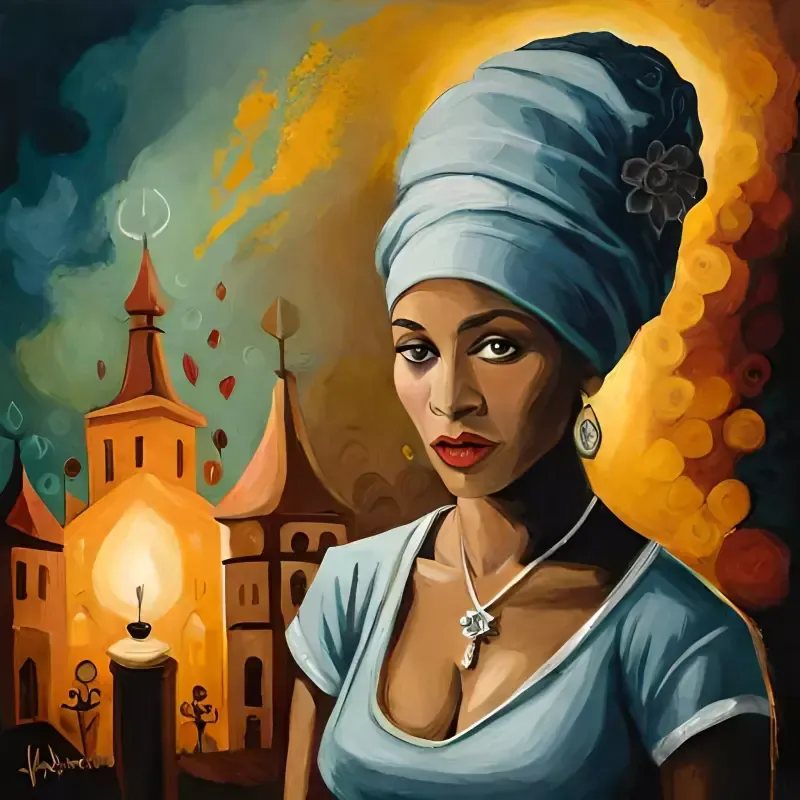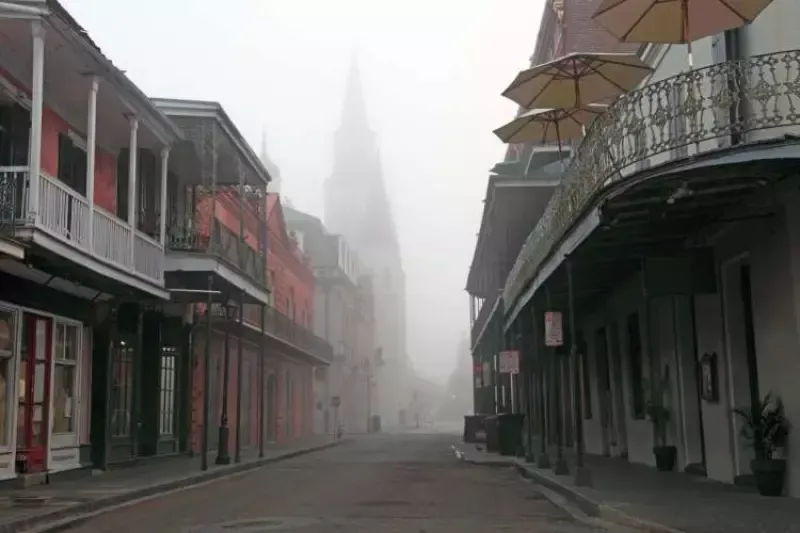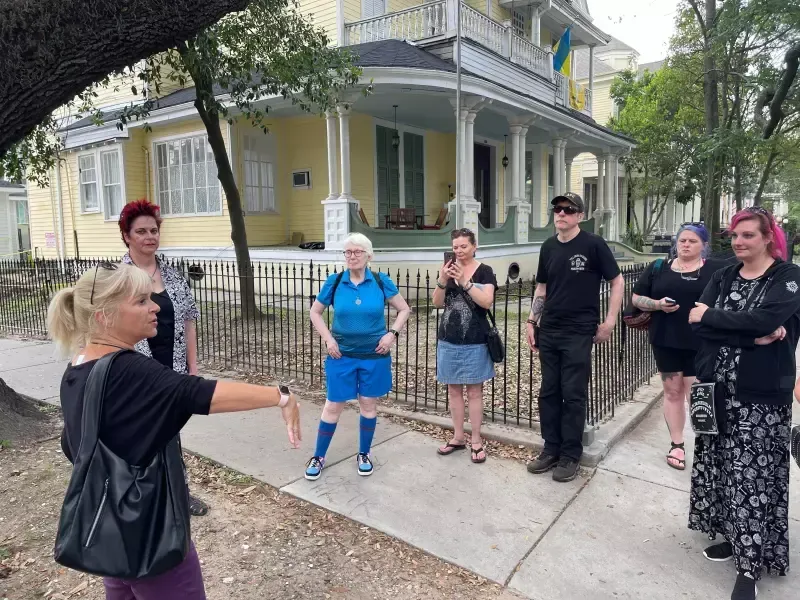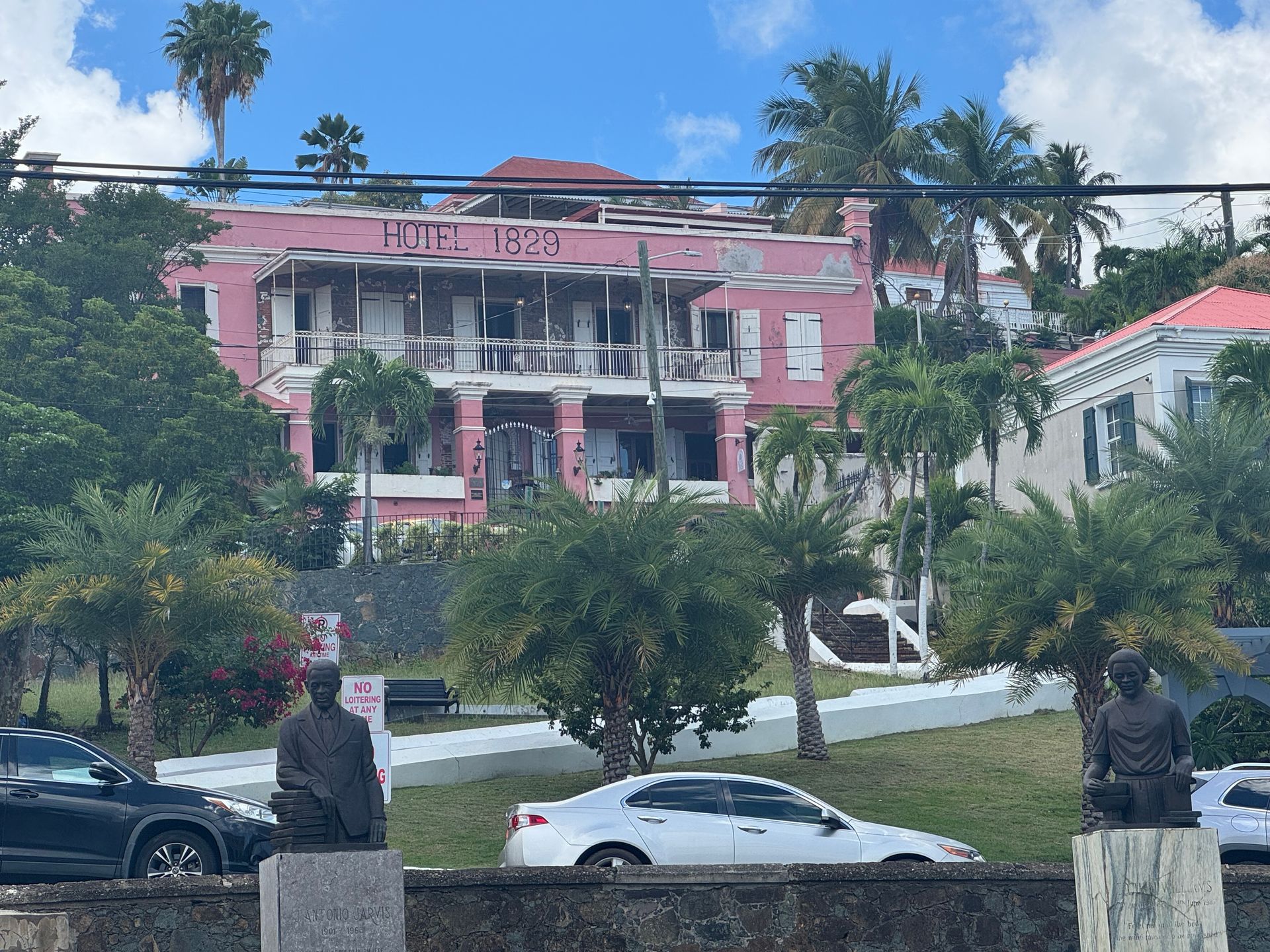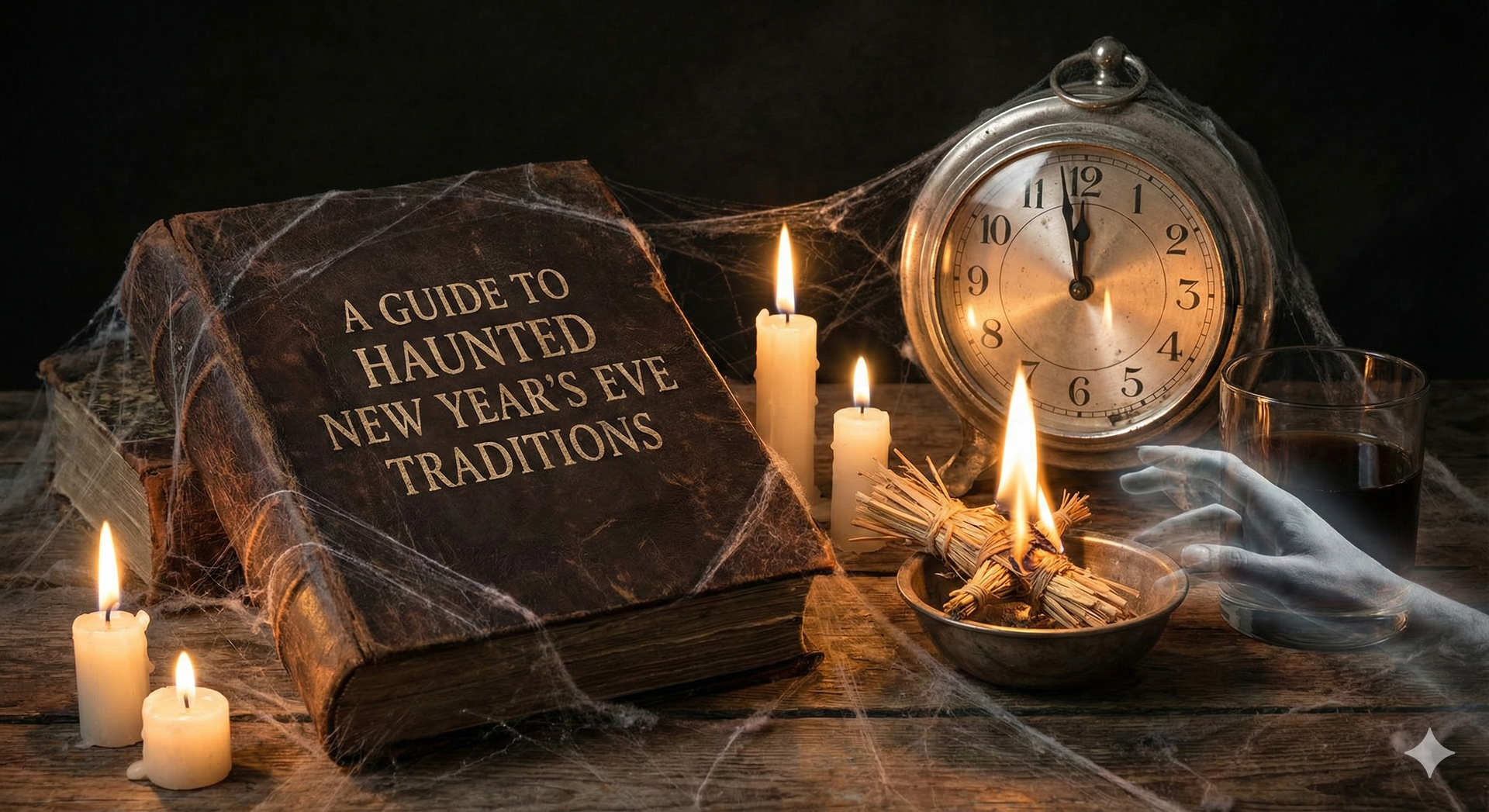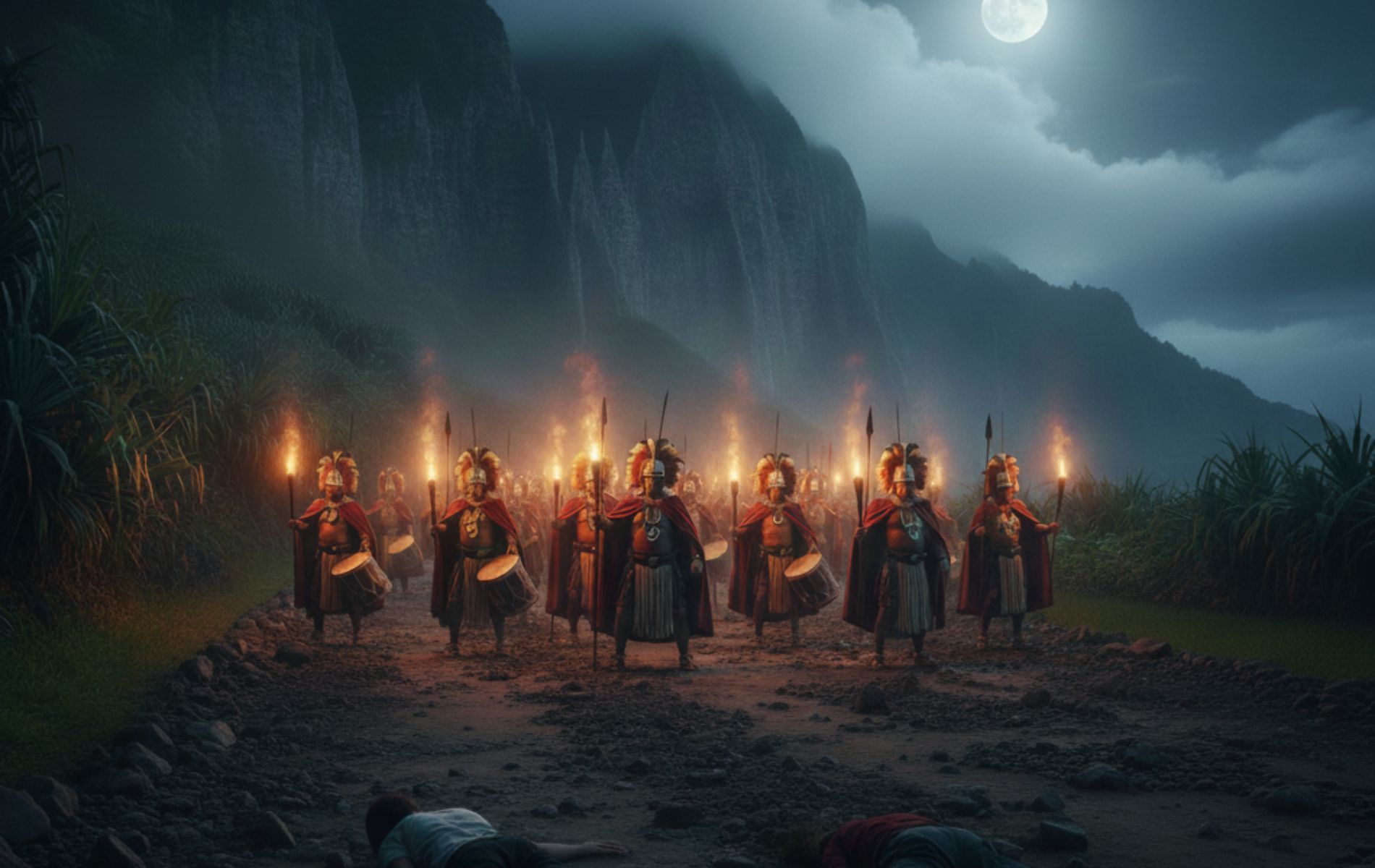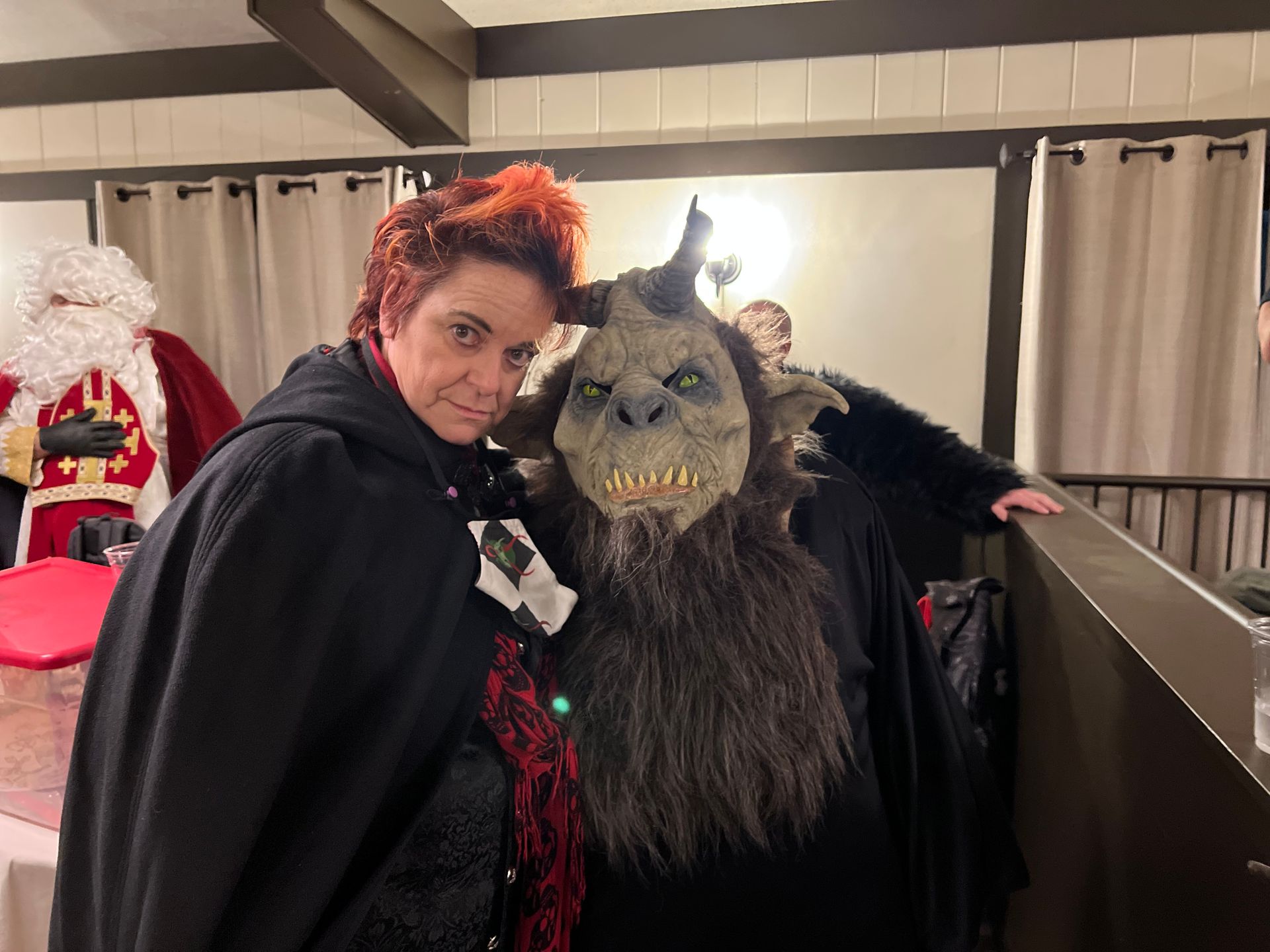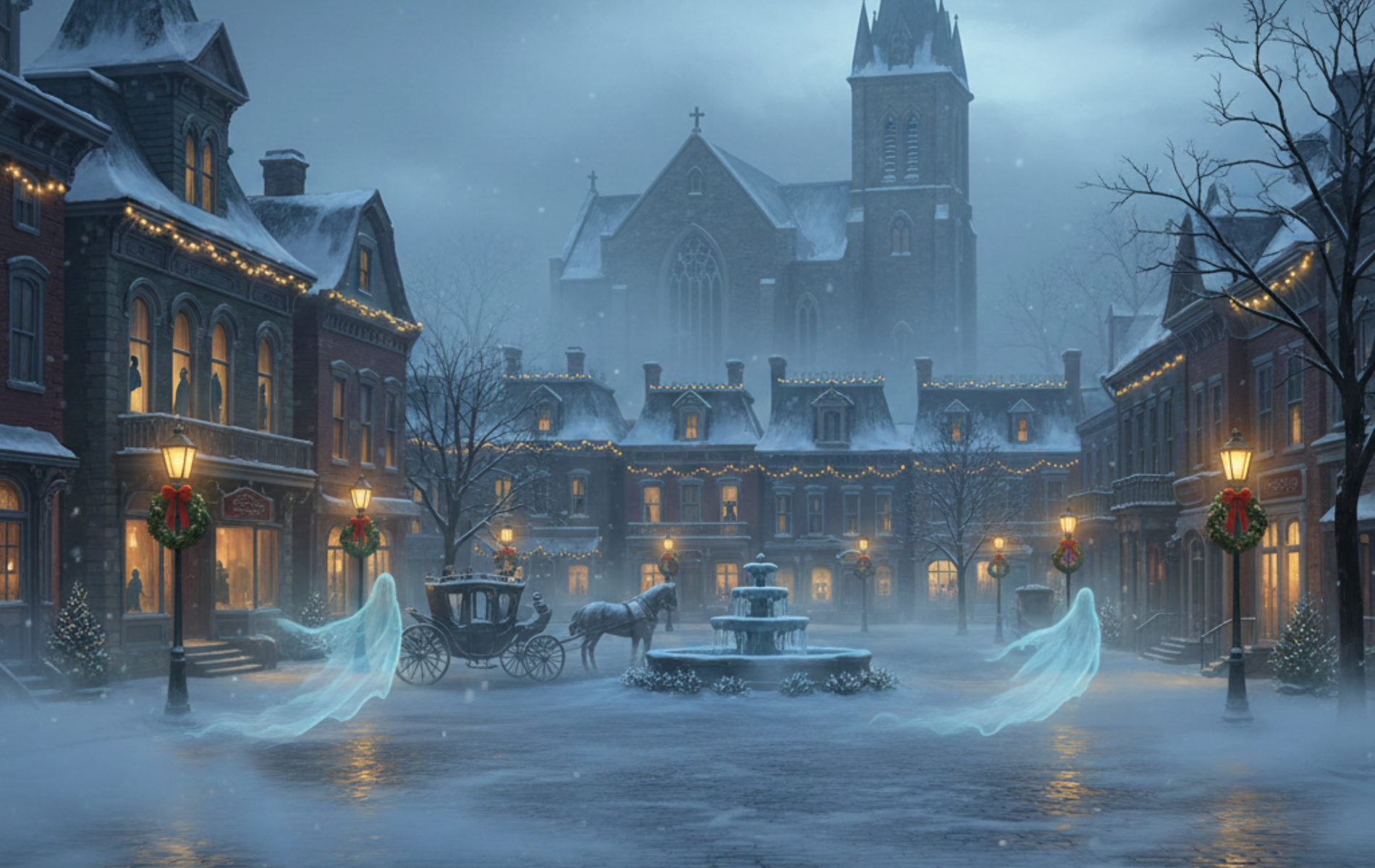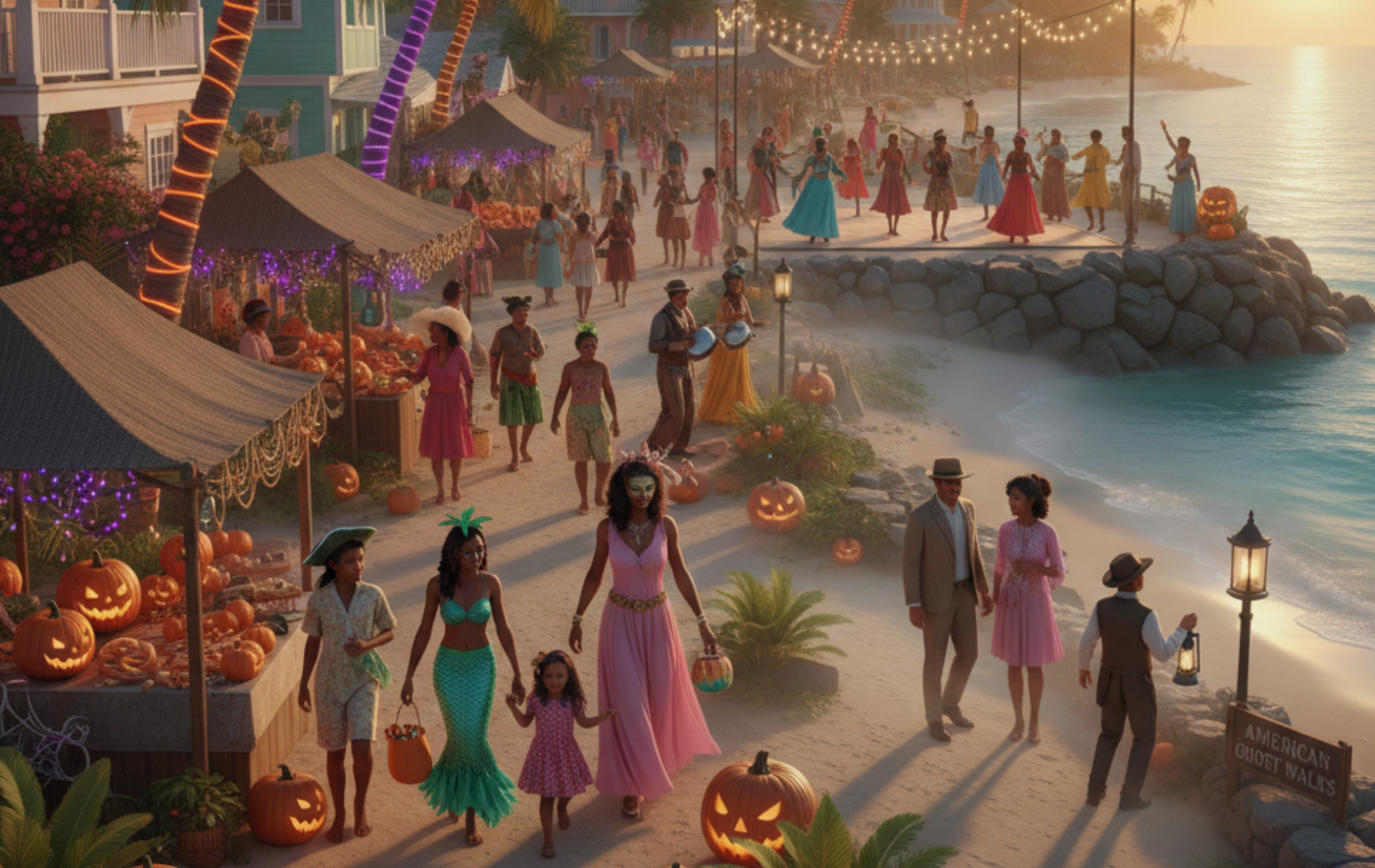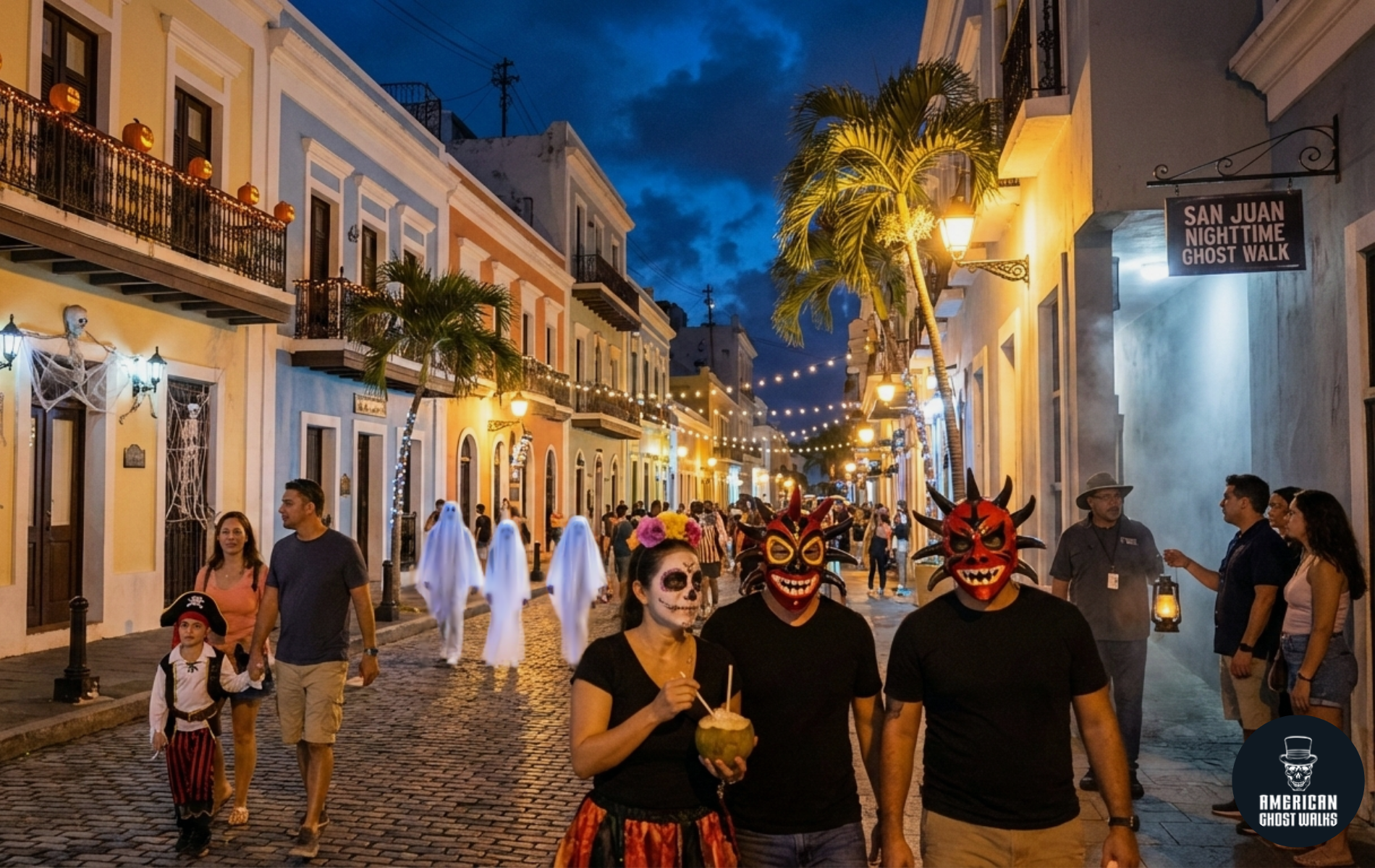A Haunted History of New Orleans
Sitting on the banks of the swirling Mississippi River, New Orleans is known across the world for its rich jazz and blues heritage, delicious local cuisine, and melting-pot culture drawing on influences from Africa, Native America, Spain, and the Caribbean. But beyond the soaring high notes, sweeping river views, and bubbling bowls of gumbo, there lies a darker side to the Big Easy which you don’t read about in the travel brochures.
Time to remove the Mardi Gras mask, and take a look at the more sinister face of this southern coastal Louisiana city—a face filled with haunted stories, legends of paranormal activity, and ghost sightings that still chill locals and visitors alike.
The New Orleans we see today traces its history back to 1718, when it was founded by the French. In the decades that followed, the city fell in and out of Spanish control, and then back to French control in 1803 – when the United States acquired the city in the Louisiana Purchase.
Throughout the 19th century, New Orleans was the southern United States’ largest trading port – exporting most of the US’ cotton over to the West Indies and New England. By the time the Civil War broke out in 1861, New Orleans had become one of the largest cities in the south – and was one of the first to be captured by Union forces. Even as late as the early 20th century though, New Orleans’ Francophone character was still very much in evidence – with up to a quarter of the city’s population still using French as their first language.
But this city has seen real suffering over the years – ravaged by outbreaks of yellow fever, malaria, cholera, and smallpox at the turn of the century, deluged during the Great Mississippi Flood of 1927, and battered in recent years by powerful storms such as Katrina (2005) and Ida (2021). And yet, even against this challenging backdrop, the city’s residents keep a resolute smile on their faces.
New Orleans Vodou and its Queen, Mary Laveau
A Spiritual Blend of Cultures
Voodoo culture in New Orleans (or Vodou, as it’s properly known) swept into the Catholic-dominated city of New Orleans at the turn of the 18th century, with the arrival of slaves from western Africa, and created a potent hybrid belief system still evident today. In New Orleans Voodoo for example, the deity Legba – controller of the gates to the spirit world – combines with the Christian Saint Peter, who guards the keys to the gates of heaven.
The Life and Legacy of Marie Laveau
Practitioners such as devout Catholic, naturopath, and local resident Marie Laveau became famous across New Orleans for their ability to channel spirits and heal the sick. Laveau herself was a free woman of color and quite the force of nature – dispensing legal advice, sharing food with those less fortunate, nursing people afflicted with yellow fever back to health, adopting local orphans into her care, and even offering advice to her neighbors over their husbands’ infidelities. Her death back in 1881 wasn’t enough to stop people seeking out her advice, and – as her legend goes – people simply had to find her in her new home...
among the spirits.
A Resting Place That Still Breathes
Voodoo culture still thrives in New Orleans even in today’s world, due in part to its place in local folklore and culture, and in equal part to the memories of people such as Marie Laveau. Marie Laveau’s tomb in St. Louis Cemetery No. 1 is now one of the most visited haunted places in New Orleans—just outside the French Quarter, and visitors to this day often leave offerings like paper flowers or piles of nickels to honor her.
The Haunted Places of New Orleans
With its checkered social history and rich voodoo culture, it can be little surprise that New Orleans is seen as such a hotbed of paranormal activity. Most of the city’s haunted locations are centered around the ancient French Quarter, the city's oldest neighborhood.
Muriel’s on Jackson Square
Muriel’s on Jackson Square is a popular French Quarter location for ghost hunters. The legend of the restaurant is that on the upstairs floor back in 1814, one-time owner Pierre Antoine Lepardi Jourdan committed suicide – having lost the house in a poker game. There’s a séance room that you can visit in honor of Jourdan’s restless spirit, where his ghost is said to appear as a glint of shimmering light. Does it match up with the actual history? Maybe not, but it's a fantastic restaurant and it makes for a great New Orleans ghost stories.
The Ghost of Le Petit Théâtre
Le Petit Théâtre du Vieux Carré (The Little Old Square Theater), or *Le Petit*, as it’s locally known, started out back in 1916 in the drawing room of a New Orleans actor, and has gone on to become one of the US’ longest-running local theaters. Its history is not without tragedy, though, as it was here in the 1930s that a starlet named Caroline fell over a high railing to her death, wearing a white wedding gown for a performance that night. Since then, actors and visitors alike have whispered about ghostly sightings in the venue.
Spirits of the Old Absinthe House
The Old Absinthe House is a 200-year-old bar said to be haunted by the ghosts of famous customers who used to enjoy a drink there. Patrons visiting today claim to have encountered ghosts in New Orleans and might take a seat next to US Army general and the seventh president of the United States General Andrew Jackson, the pirate Jean Lafitte, or even the New Orleans voodoo queen herself - Marie Laveau. Drinkers here have reported doors opening and closing with nobody nearby, and glasses, bottles, and chairs mysteriously moving around the bar.
Few US cities can boast the cultural heritage and musical pedigree of the Big Easy. Over the centuries, its beaten outbreaks of disease, raging civil war, violent floods, powerful hurricanes, and more, and still stands as one of the most vibrant, exciting, and above all welcoming cities in the US today.
Paranormal Tourism in New Orleans
Why the City Draws Ghost Seekers
With so many haunted tours in New Orleans, it's no wonder the city is a top destination for lovers of the eerie and unexplained. Whether you're a believer in the spirit world or just a fan of spooky folklore, New Orleans ghost tours offer unforgettable stories that come alive in the moonlit streets and candlelit courtyards of this haunted southern city.
A City That Whispers and Screams
Few US cities can boast the cultural heritage and musical pedigree of the Big Easy. Over the centuries, it has survived disease, war, floods, and hurricanes—and still it sings. But for those who know where to look, New Orleans also whispers… and sometimes, it screams.
Ready to experience the haunted heart of Louisiana?
Join one of our expertly guided New Orleans ghost tours to explore the French Quarter’s haunted landmarks, from Marie Laveau’s tomb to infamous bars and mysterious theaters. Whether you believe in spirits or just love a good scare, you’ll leave with chills—and maybe a few ghost stories of your own.
Read firsthand experiences on our
Google Business Profile Reviews then find out for yourself!
Find Your Next Paranormal Experience
New Orleans French Quarter
Ghost Walk
Ghost stories in New Orleans' most notorious quarter...
from $34.99 per person

